
AYA-jii, are the roses at Jindai Botanical Garden different depending on the country?

They sure are. Differences in breeding history and culture show up in fragrance, color, and bloom style.

Then today, let’s look at representative varieties by country—and the stories behind them!
- About Rose Groups
- Japan: Resilience and Elegant Form for Humid Climates
- France: Breeding with Artistry and Storytelling
- United States: Toughness and Mass Appeal
- Germany: ADR-Proven Disease Resistance
- United Kingdom: Classic Fragrance and the Tradition of Deep Red
- Netherlands: Sparkle from a Global Flower Export Powerhouse
- Conclusion: Enjoying Global Roses—All in One Garden
About Rose Groups
Across the history of rose breeding, many groups have emerged. At Jindai Botanical Garden’s “World of Roses,” you can see four of the most representative types.
HT (Hybrid Tea) appeared in the late 19th century and is the mainstream of modern roses. It features elegant, solitary blooms with rich fragrance and is beloved as a cut flower.
FL (Floribunda) was created by crossing HT with Polyantha. It bears clusters of small flowers, combining abundant blooms and durability for gardens and landscape plantings.
CL (Climbing Roses) are vigorous climbers that decorate arches and fences with dynamic displays. From spring to autumn, their wall-covering performance is striking.
Min (Miniature Roses) are compact and ideal for pots or balcony gardening. Despite their small size, they offer refined bloom forms and are popular for home gardening and gifts. Comparing these four groups lets you enjoy the diverse beauty of roses at once.
Japan: Resilience and Elegant Form for Humid Climates
Japanese breeding has emphasized disease resistance and heat tolerance for humid climates while pursuing refined forms that harmonize with homes and gardens. After WWII, Keisei Rose Nursery and breeder Shozo Suzuki propelled domestic breeding. In recent years, fragrance and cold hardiness have also been valued, earning international recognition.
Seiko|1975・HT
Breeder/Company: Shozo Suzuki / Keisei Rose Nursery
Parentage: Not disclosed
Awards: Widely cultivated in Japan
Flower/Habit: Large golden-yellow HT; high-centered form; excellent repeat bloom.
The name “Seiko” means “starlight,” symbolizing postwar hope and the path of Japanese rose breeding. Even in late May, its lemon-yellow glow shines brightly. Japanese varieties often have poetic names that add a unique charm.
The blooms I photographed were slightly cupped, giving a classical mood. Beyond “Seiko,” many Japanese-bred roses flourish throughout the garden—one of the joys of visiting in season.

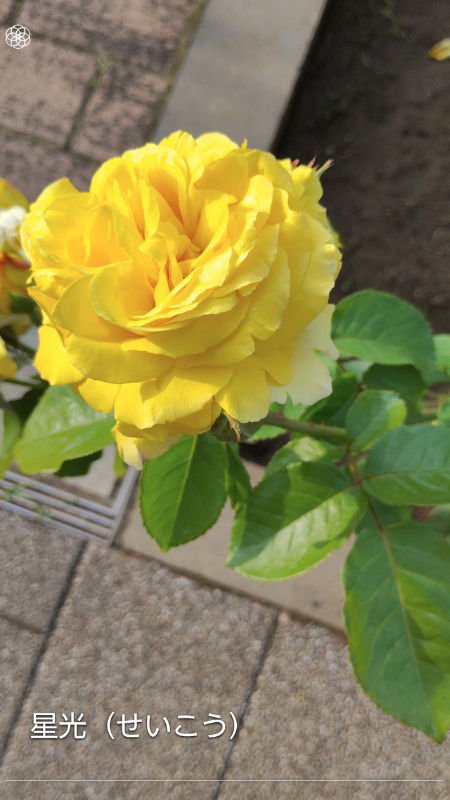
France: Breeding with Artistry and Storytelling
French roses emphasize fragrance, color, and narrative naming. Houses like Meilland and Delbard have created many iconic roses dedicated to notable figures and history. The world-famous ‘Peace’ also comes from Meilland.
Princesse de Monaco|1982・HT
Breeder/Company: Marie-Louise Meilland / Meilland
Parentage: ‘Ambassador’ × ‘Peace’
Awards: Multiple international prizes
Flower/Habit: Large HT; white ground with pink edges; combining elegance and radiance.
Dedicated to Princess Grace of Monaco, it inherits ‘Peace’ lineage and carries a rich sense of story. While some blooms show stronger pink, the soft edging here feels especially refined—swaying beautifully in the May breeze.
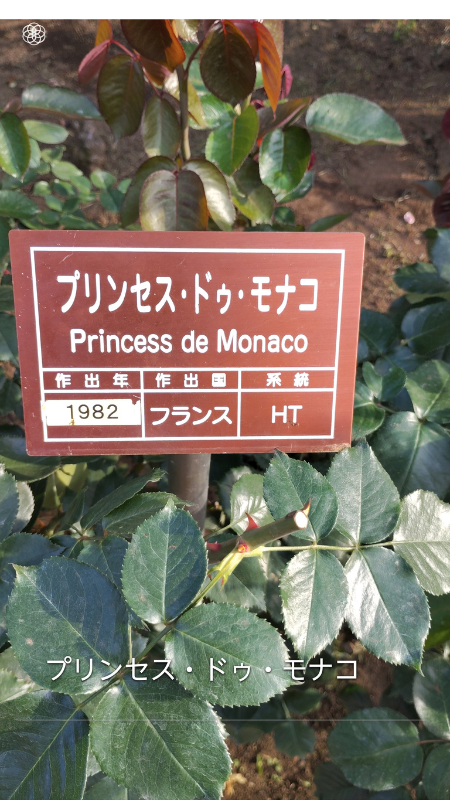
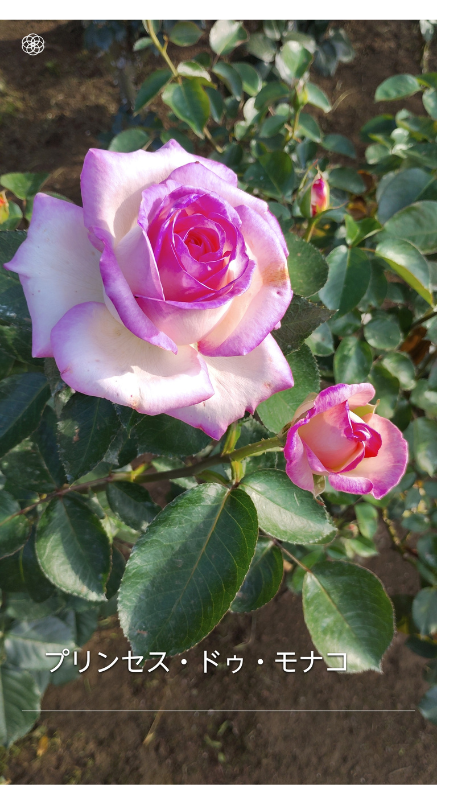
United States: Toughness and Mass Appeal
American breeding prioritizes vigor and scalability. Many floribundas were developed to brighten parks, streets, and home gardens—bringing roses into everyday life.
Mirabella|1994・FL
Breeder/Company: Jackson & Perkins
Parentage: ‘Sunsprite’ × ‘Silver Jubilee’
Awards: Not specified
Flower/Habit: Deep yellow FL; cluster-blooming; sturdy; excellent for landscapes.
Blending the blazing yellow of ‘Sunsprite’ with the refined form of ‘Silver Jubilee,’ Mirabella leaves a cheerful, quintessentially American impression. In bright May light, its yellow petals glow against robust green foliage.
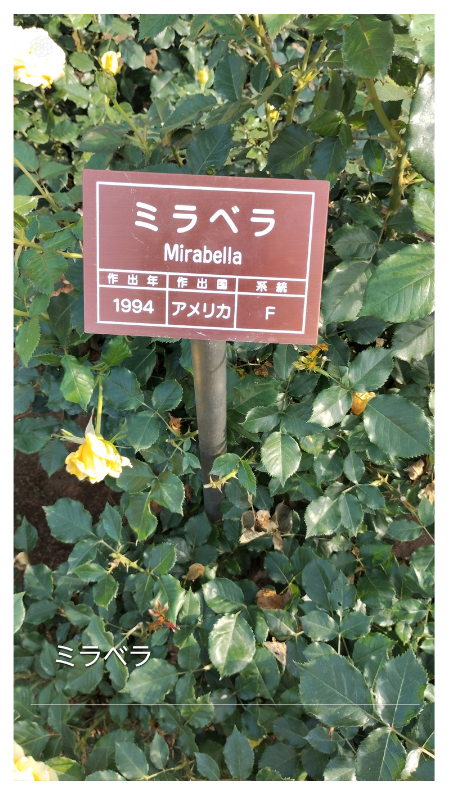
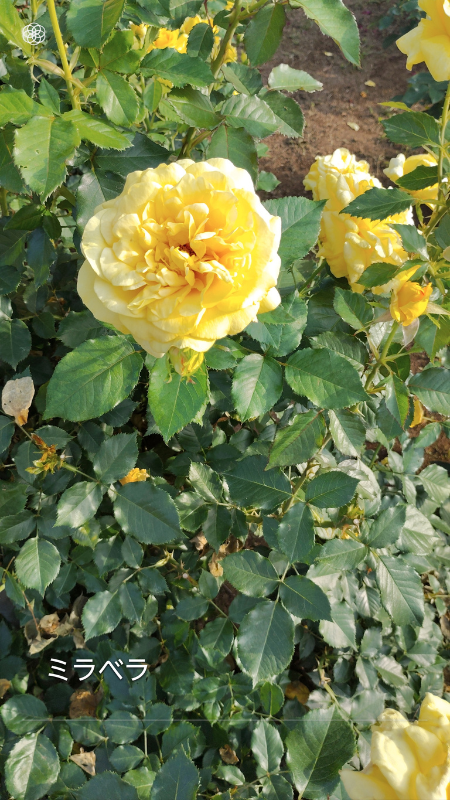
Germany: ADR-Proven Disease Resistance
Germany conducts rigorous ADR trials, evaluating disease resistance without pesticides for three years. As a result, many selections have healthy foliage and good rain tolerance. Kordes and others have pursued steadfast breeding to these standards.
Lavaglut|1979・FL
Breeder/Company: Reimer Kordes / Kordes
Parentage: ‘Grüss an Bayern’ × seedling
Awards: RNRS Certificate of Merit (1980)
Flower/Habit: Deep crimson FL; free-flowering clusters; notably disease-resistant; ideal for mass planting.
Its name evokes “lava’s flame.” Thanks to its vigor, it spread worldwide. The slightly blackened crimson draws the eye—a tone uncommon among mid-sized roses. Its fragrance is notable as well, with prizes in scent-focused categories.
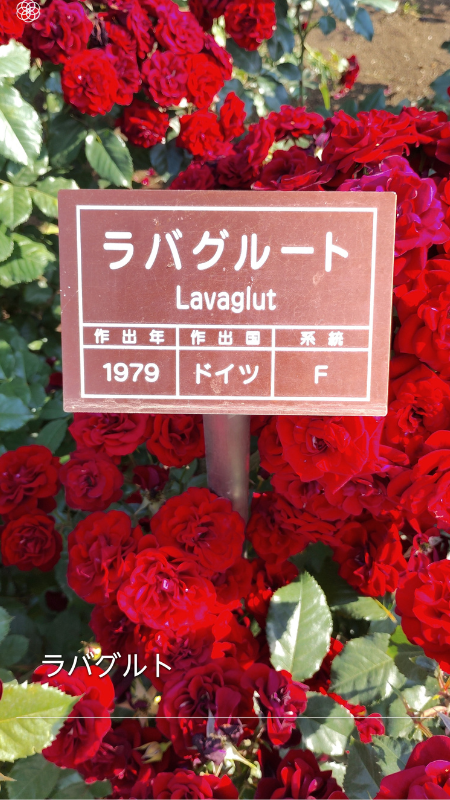
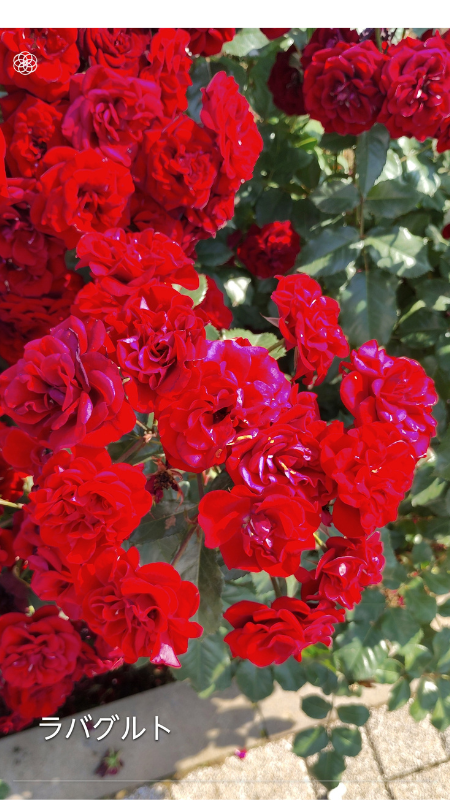
United Kingdom: Classic Fragrance and the Tradition of Deep Red
In Britain, the red rose is a national symbol. Deep red hues and rich fragrance have long been cherished, with houses like Harkness presenting beloved classics for shows and as cut flowers.
Josephine Bruce|1949・HT
Breeder/Company: A.J. Fraser / Harkness
Parentage: Unknown
Awards: Not specified
Flower/Habit: Deep red HT; velvety petals; intense fragrance.
Postwar Britain embraced it as a byword for the “classic red.” It was prized for displays and gifting, and famed for its perfume. A curious trait: the flower’s center can appear slightly off-axis, adding character.
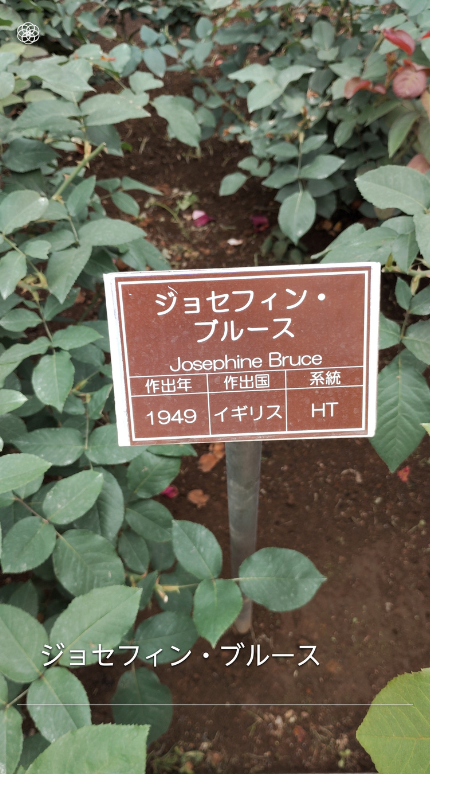
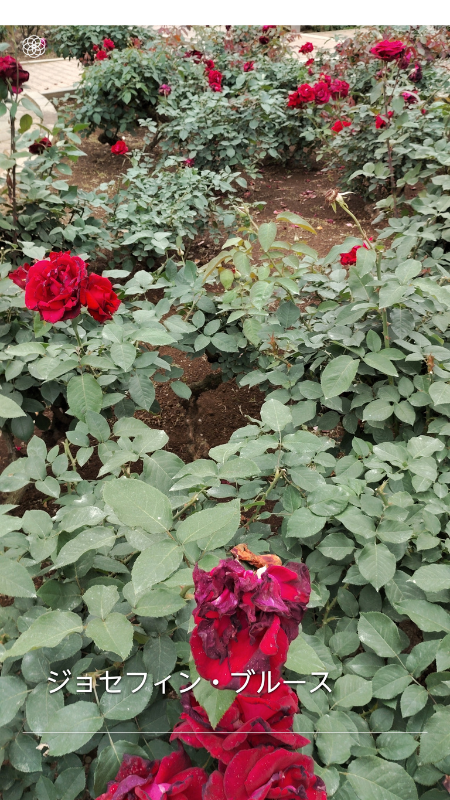
Netherlands: Sparkle from a Global Flower Export Powerhouse
The Netherlands is the world’s largest cut-flower exporter. Its floribundas emphasize showiness and ease of production, influencing markets across Europe.
Europeana|1962・FL
Breeder/Company: de Ruiter / Netherlands
Parentage: ‘Ruth Leuwerik’ × ‘Rosemary Rose’
Awards: The Hague Gold Medal (1962); AARS (1968)
Flower/Habit: Dark red FL; highly continuous bloom; excellent in clusters for borders and beds.
Its name nods to “European integration.” As a red floribunda, it became a standard-bearer—an export success decorated with awards across Europe.
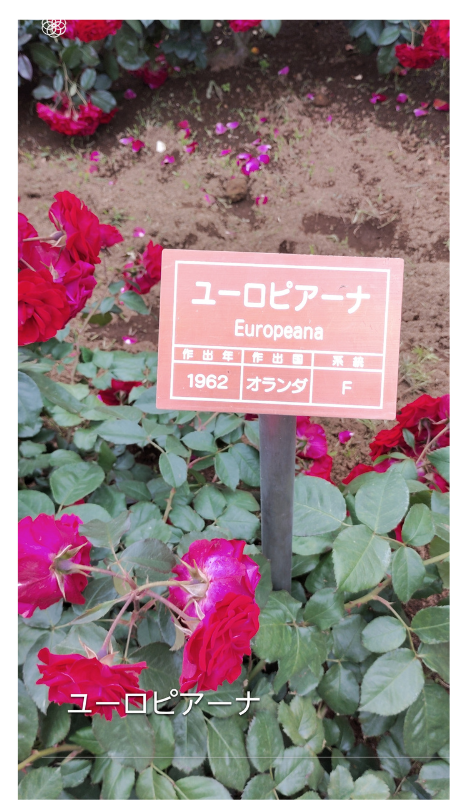
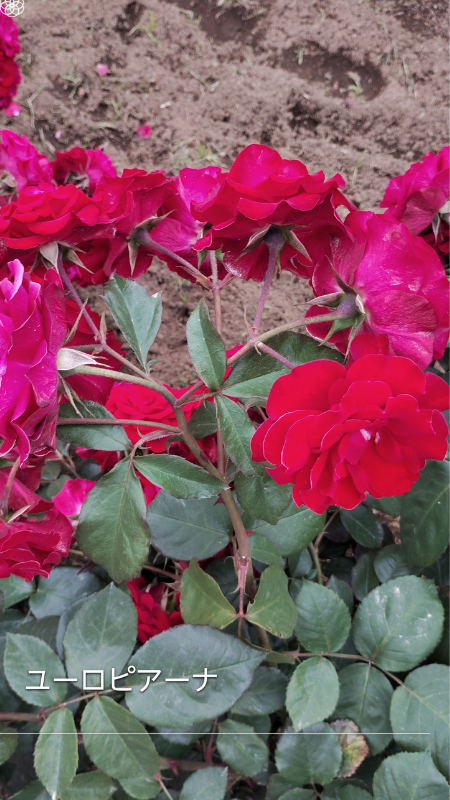
Conclusion: Enjoying Global Roses—All in One Garden
Each country’s breeding ideals, culture, and history shape distinct fragrances, colors, and bloom styles. At Jindai Botanical Garden, you can experience these differences side by side. On your next visit, look beyond flower form—imagine the stories and pedigrees woven into each rose.

